- All Events
- Wine Tours
- Wineries
- Blog
- About


Wine ratings were first introduced in the 1980s by Robert Parker and The Wine Advocate to make wine more understandable for the general consumer. While not the only rating method, his 100-point system is considered the gold standard for rating wine.
Logically, a low-scoring wine is a bad bottle, and a high-scoring wine is considered a good bottle.
But that’s not exactly what the point system means. There is no guarantee that you will like the taste of a high-scoring bottle. And you may find that a lower score is more enjoyable.
That’s because wine ratings don’t indicate flavor. Quality and typicity – what is typical for a region – determine a wine’s score. Critics determine how much a particular wine ‘typifies’ a given style and region.
Believe it or not, the 100-point Scale starts at 50 points. But, honestly, who would want to buy a failing wine? Many wine critics will not review or rate wines below 80 points.
Here is the breakdown of the point scale
Other wine rating systems include the 5-Point Scale endemic to South African wines and the more academic 20-Point Scale.
Viticulturists at the University of California Davis designed this wine rating system to assess a wine’s color, aroma, and flavor. It also rates a wine’s technical traits — sugars, tannins, and acidity.
Most notably, Jancis Robinson and Decanter Magazine both use the 20-point Scale.
20 Truly exceptional
19 A humdinger
18 A cut above superior
17 Superior
16 Distinguished
15 Average
14 Deadly dull
13 Borderline faulty or unbalanced
12 Faulty or unbalanced
Regardless of the method, no rating system or wine critic is perfect.
Generally, a 90-point wine should be well-made, with complex flavors, noticeable aromas, and a balanced structure. Highly rated wines are often more expensive than others in the same category — especially if the wine has scored high through several vintages.
But why are some high-scoring wines inexpensive? Probably because the wine brand or variety is waiting to be discovered. A bottle’s price is determined chiefly by name recognition, production, and distribution costs. A vineyard’s ownership and neighbors can also affect cost. For example, a highly rated Argentine Malbec is priced significantly less than an equally rated American blend. Argentina’s wine is simply less expensive than American wine, so even the best bottles are a bargain.
So why have a point system? Because it is a brilliant sales and marketing tool. Most wine stores carry only 80-point wines and above and even dedicate entire areas to 90+ wines.
A point system is also a good starting point for novice wine drinkers. It can provide a reference for those interested in great wines but have not mastered vinology’s seemingly endless complexities.
Related: How to Find the Right Wine at the Store
Wine scores are just a number. There is even a bit of a bell curve in their final calculations resulting in different scores between publications for the exact same vintage. In fact, all of the rating systems are somewhat subjective – reinforcing preferences. This is not to say that number ratings are bad or misleading. They are not. It is just that a point or star system only tells so much about the wine.
When looking for a new favorite or just exploring, start with a rating, and do some research. Because unless you know whether you like that grape, the process, the region, or even the brand, a number will not tell you if you will enjoy the wine. The best way to discover a perfect 100-point wine is to constantly learn, roam, and explore all that is wine. And taste. Above all, taste.
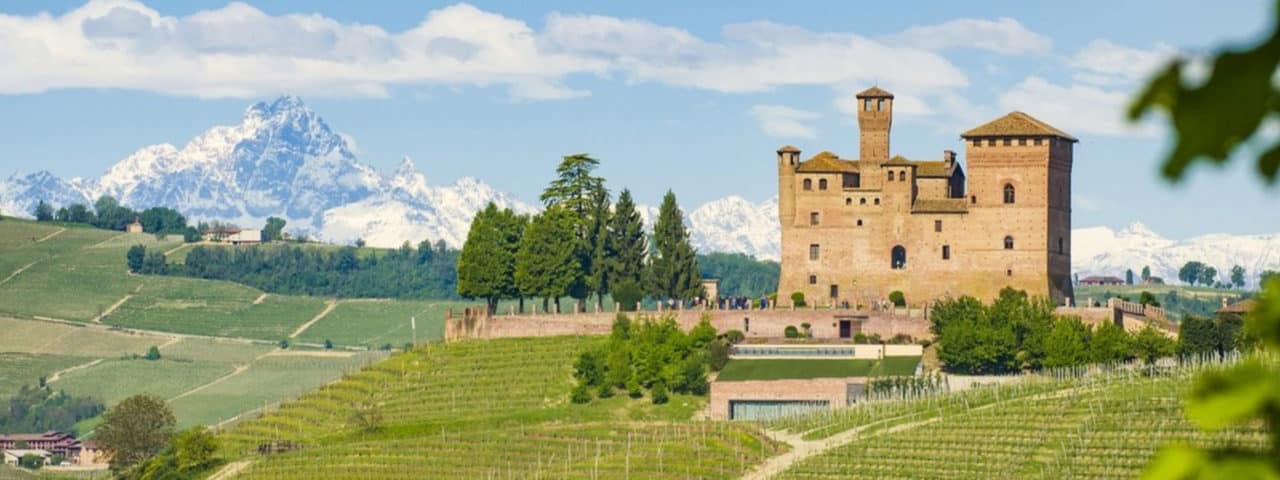
Oct 23 – 30, 2021
6 nights, 7 days
Milan, Barolo, Alba, and Turin
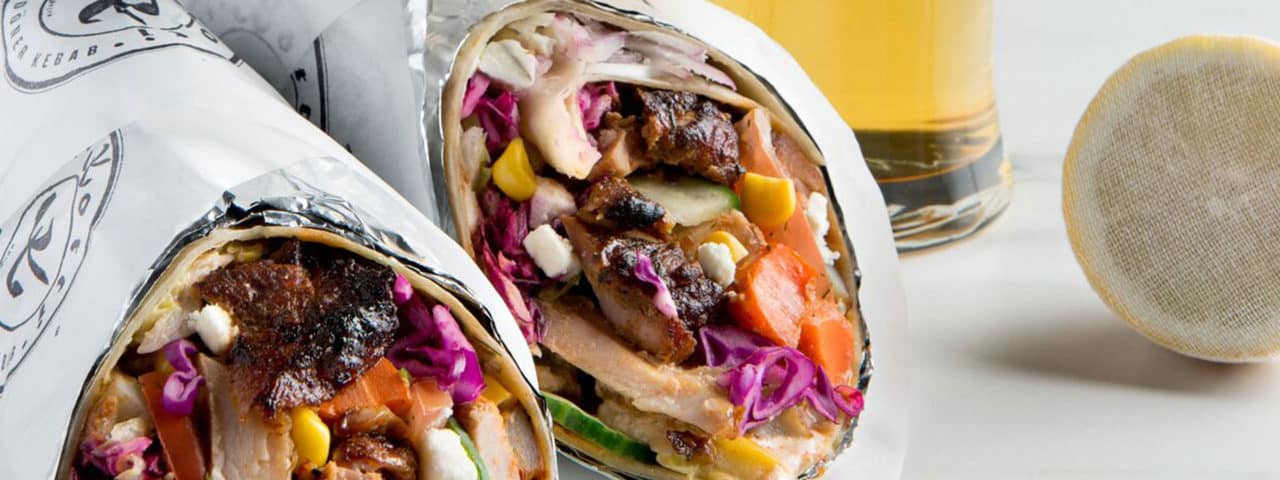
Join us for a Virtual Food & Wine Pairing with Brooklyn’s Kotti Berliner. Explore delicious döner kebabs paired with wine. Meet Kotti founder, Erkan Emre.
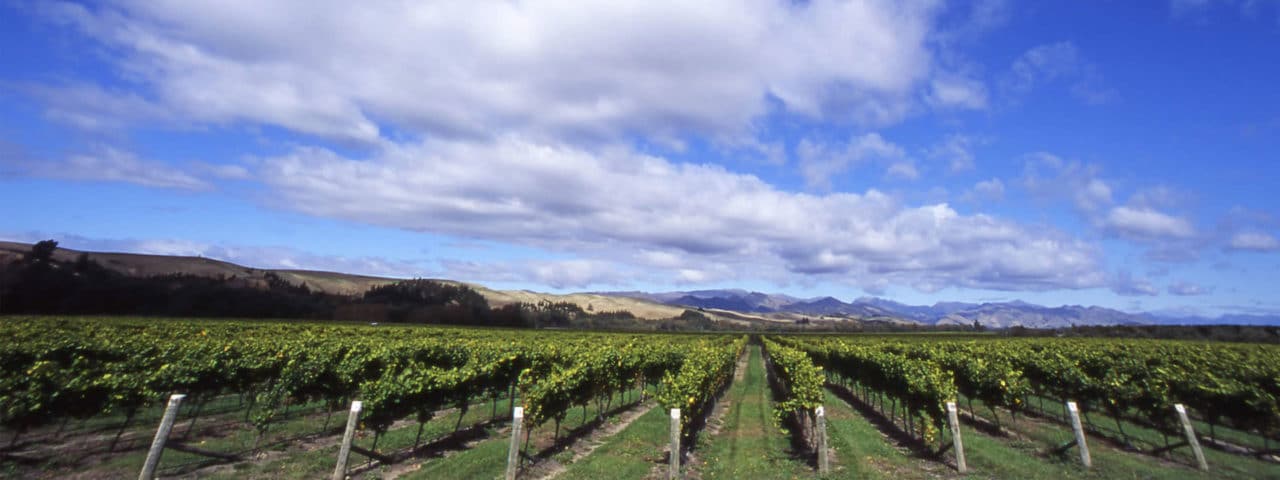
Join us for a Virtual Tasting with one of America’s leading importers of high-quality Portuguese wines.

Join us for a Virtual Tasting with the maker of the #1 selling Sicilian wine in the U.S.
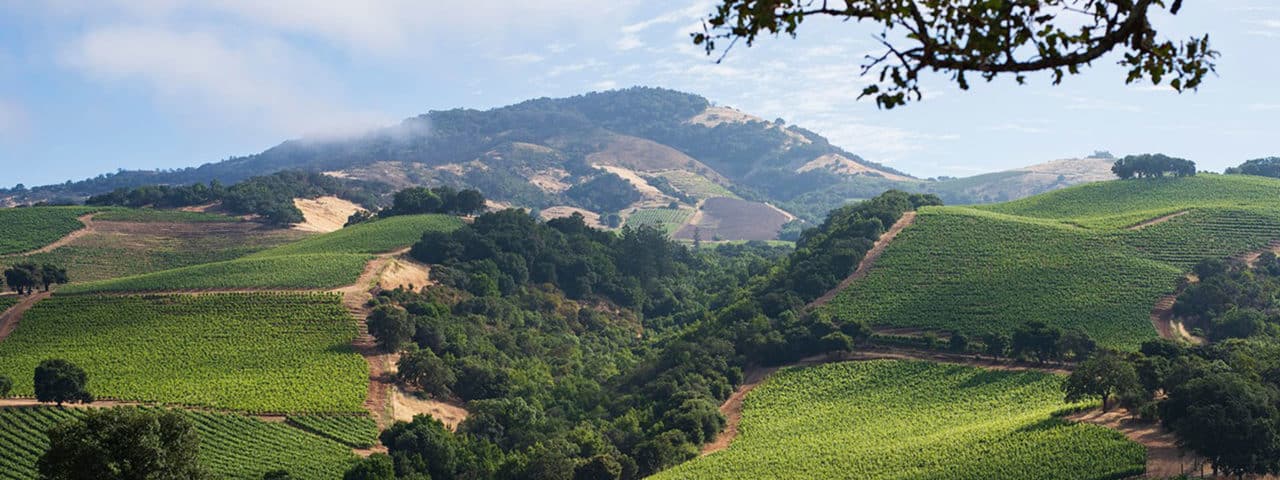
Join us for a Virtual Tasting. The Kunde family has farmed an 1,850-acre estate in Sonoma Valley for 100 years.
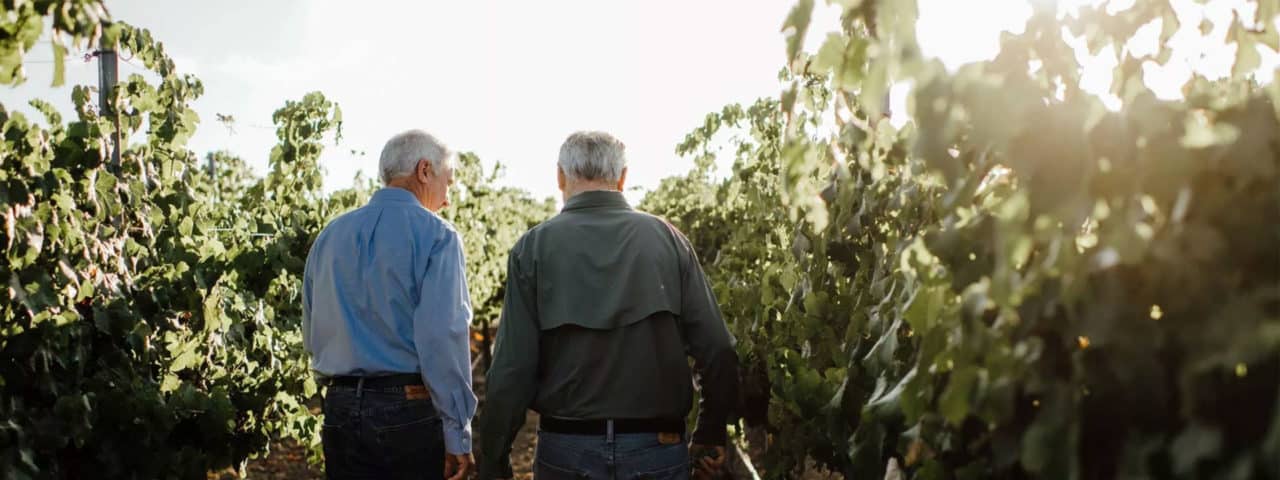
Join us for a Virtual Tasting. Great wine starts in the vineyard.

Join us for a Virtual Tasting. Distinctive and hand-crafted wines produced from award-winning vineyards.
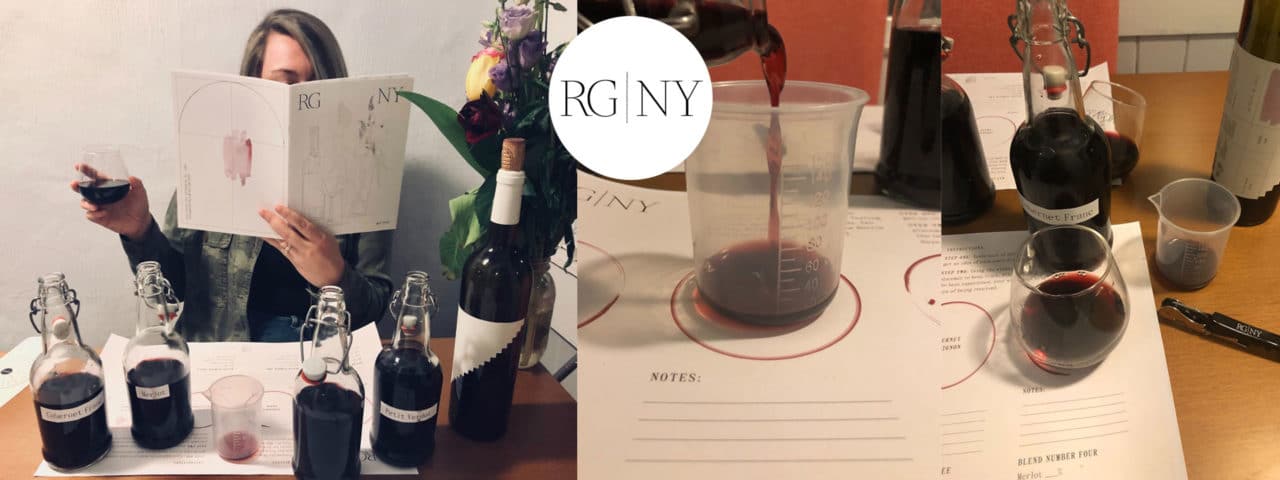
Be your own winemaker for a day — guided by a professional on Zoom video!

What’s better than great wine and artisanal pizza?
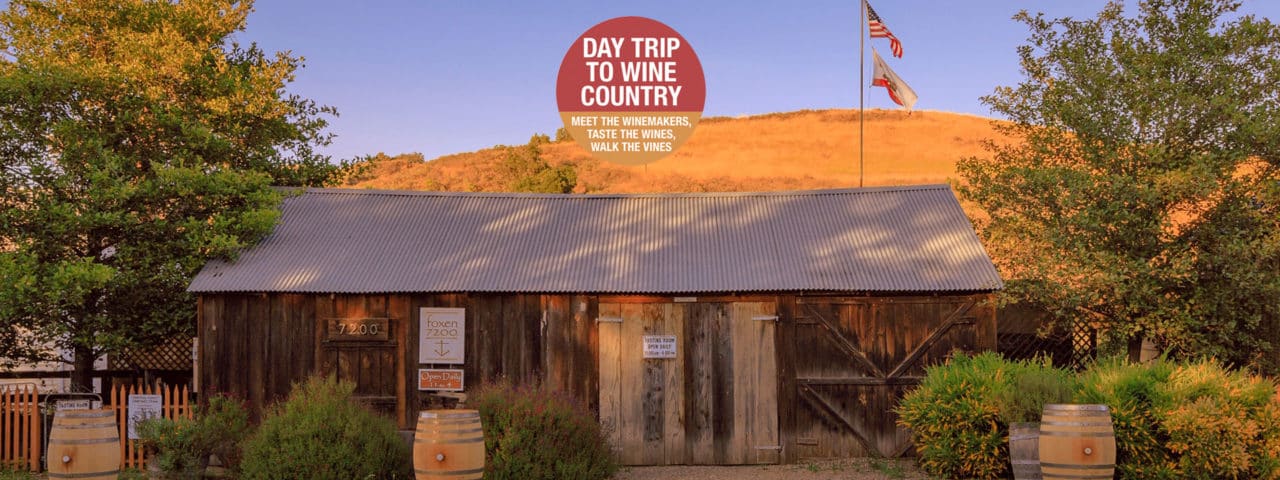


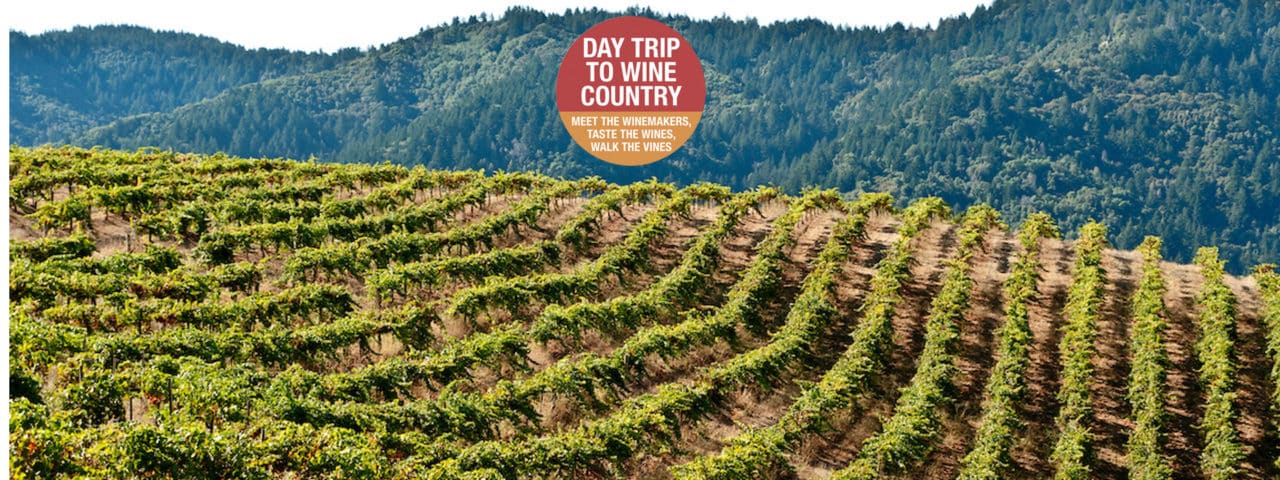
The New York Times described Ridge Monte Bello as “America’s greatest Cabernet Sauvignon.”
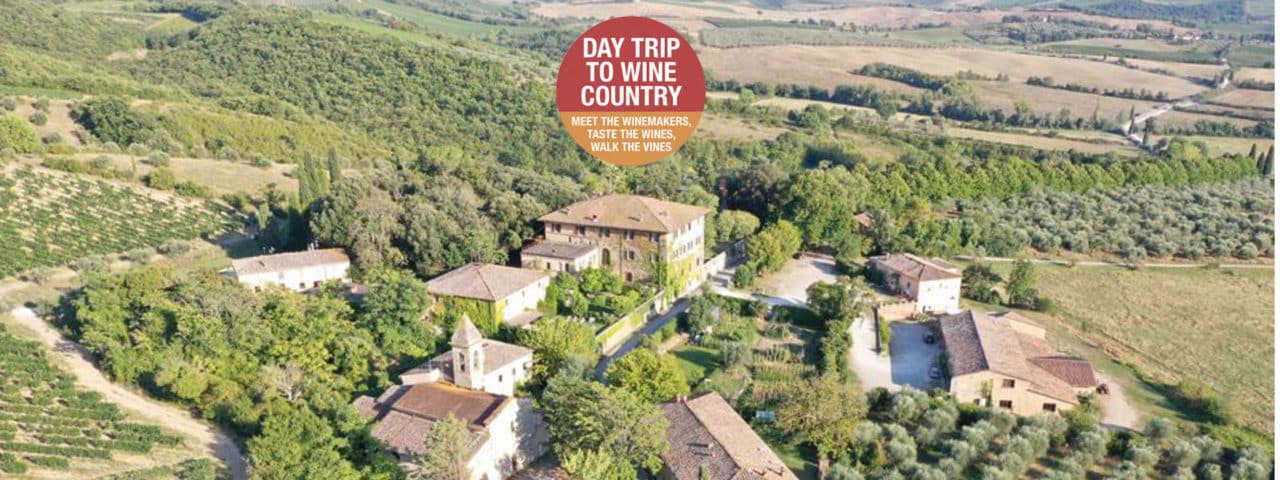
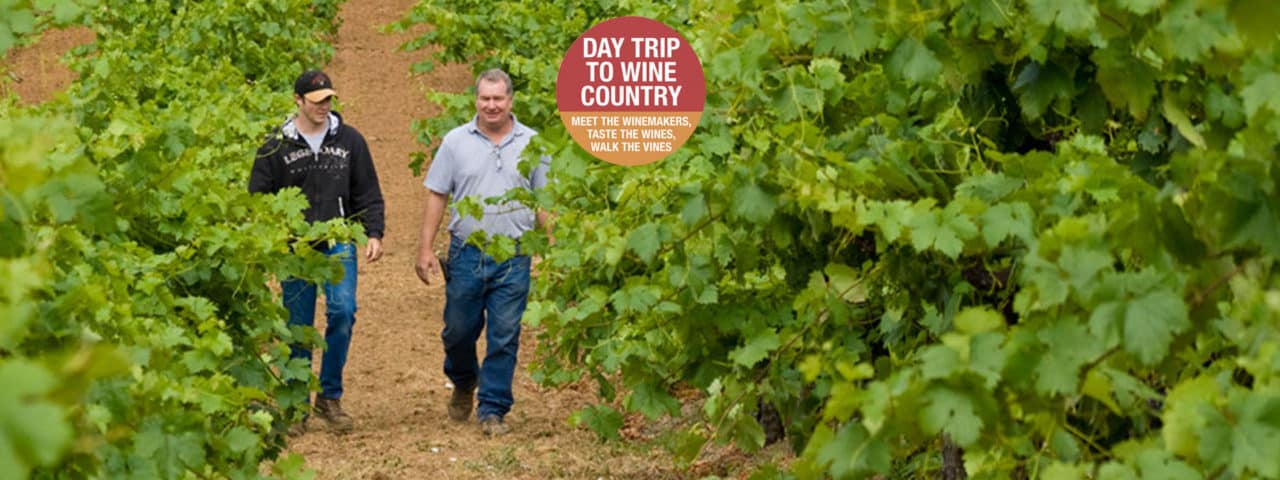
Four Generations of Family Pride at Pedroncelli Winery, since 1927
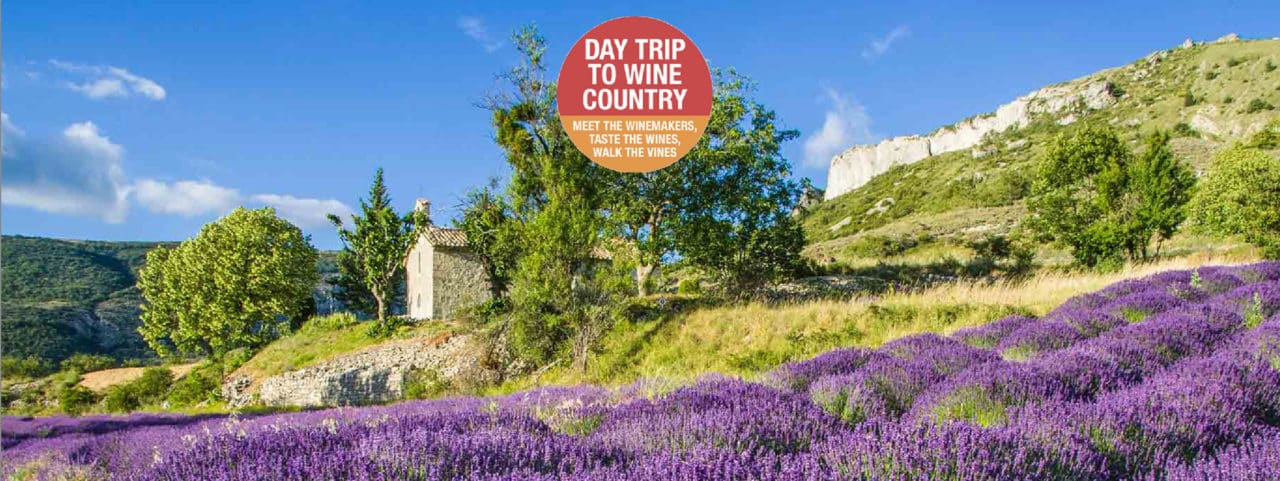
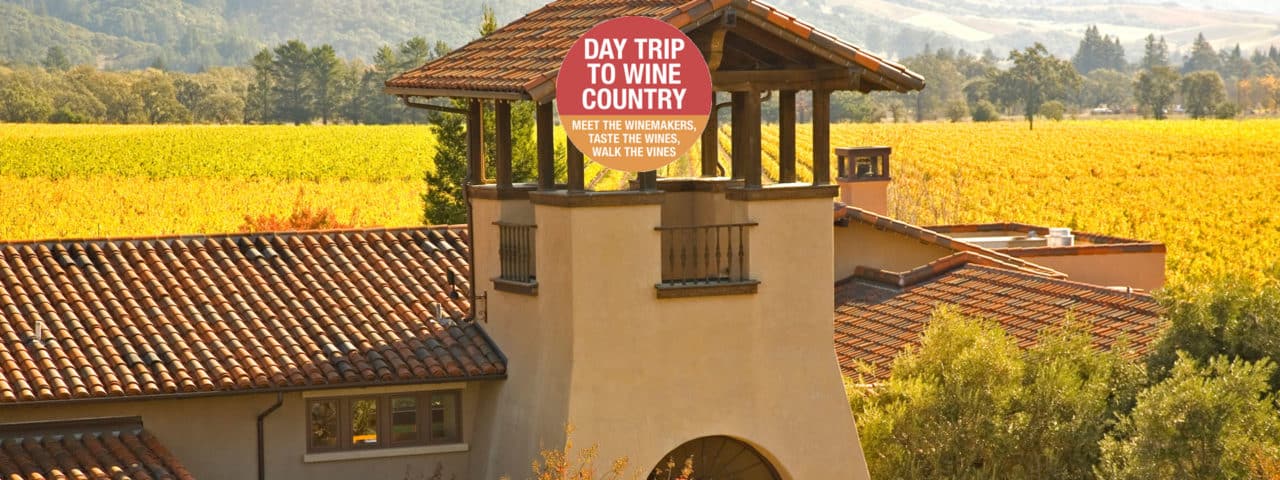
Voted “#1 in America” in 2013 and 2015 by Open Table customers.
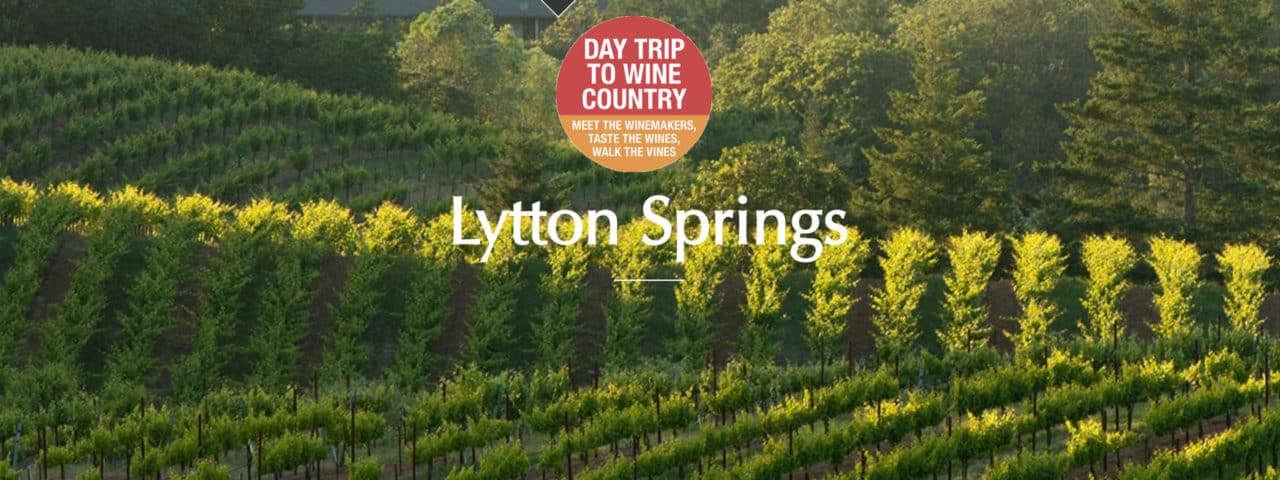
The New York Times described Ridge’s Cabernet Sauvignon as America’s greatest.

Visit the famous wine-growing region of Lodi County, California – virtually!
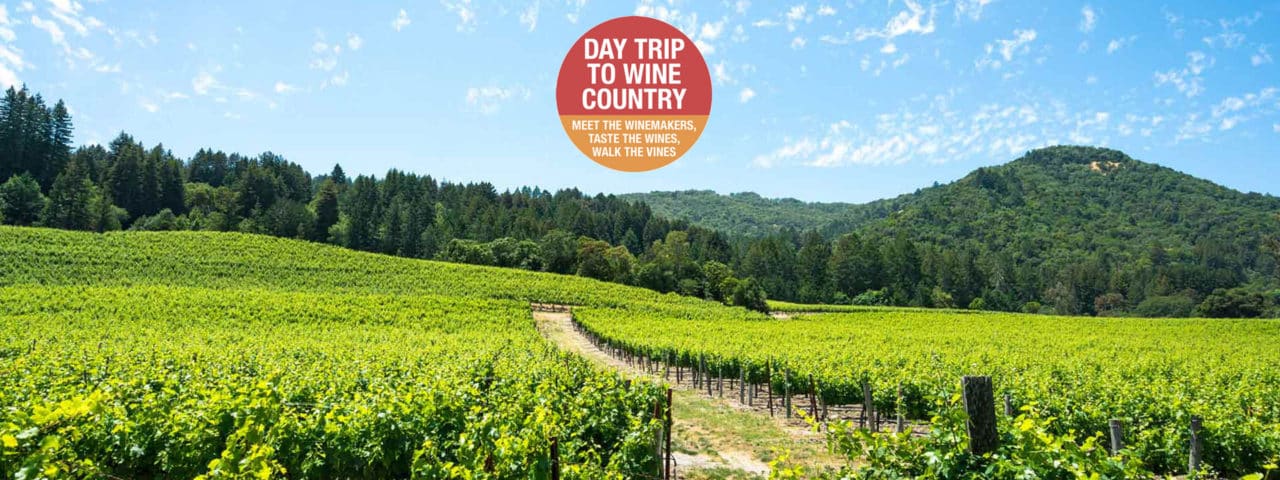
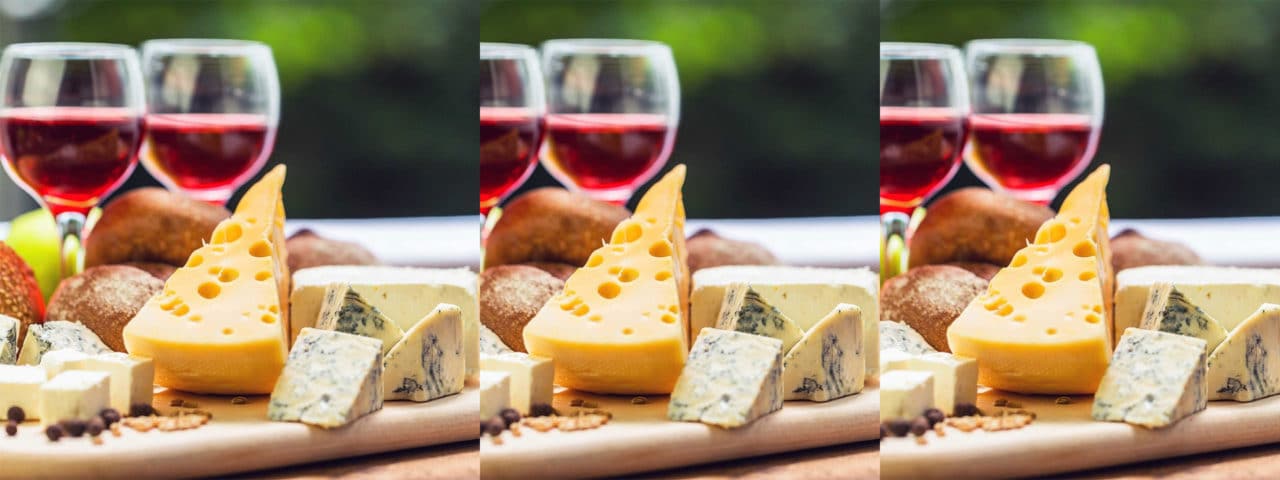

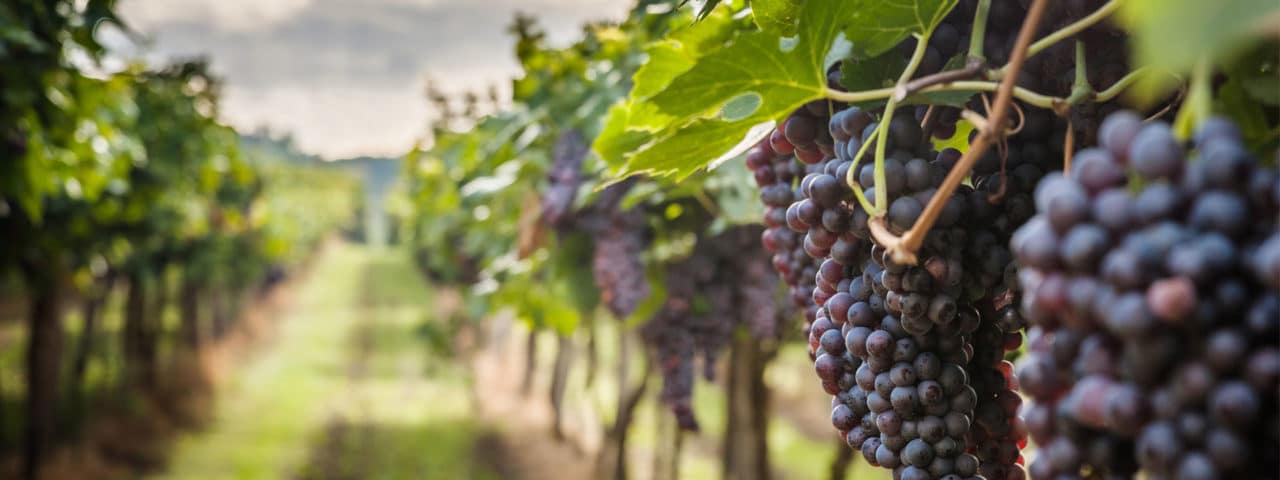
Join RG|NY winemaker Lilia Perez, for a unique tasting and blending session.
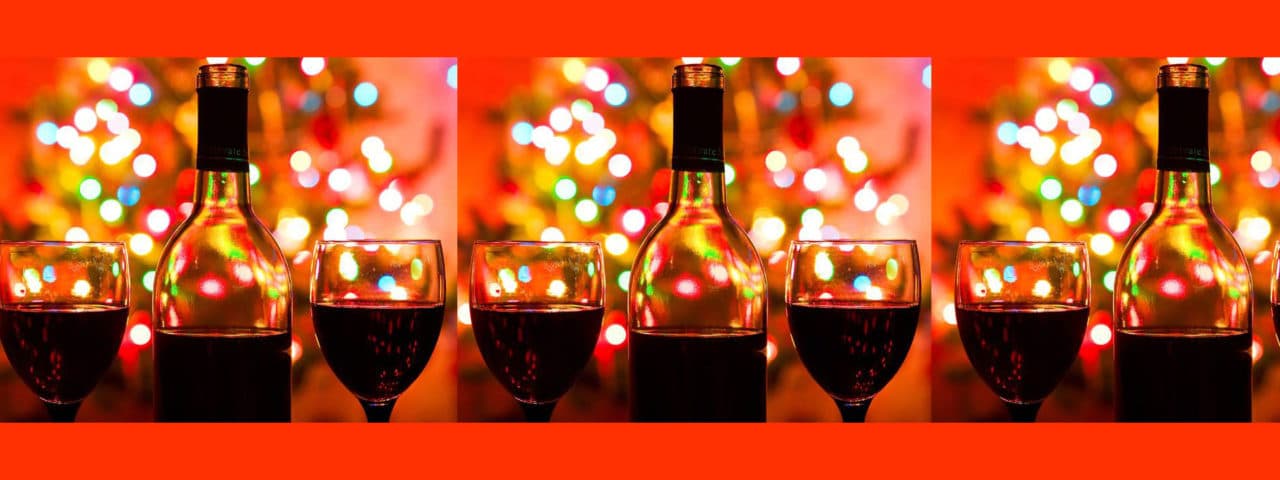
Don’t miss the ultimate holiday wine tasting event in the Hudson Valley. Sales end Thursday, Dec 12 at 11:59pm!
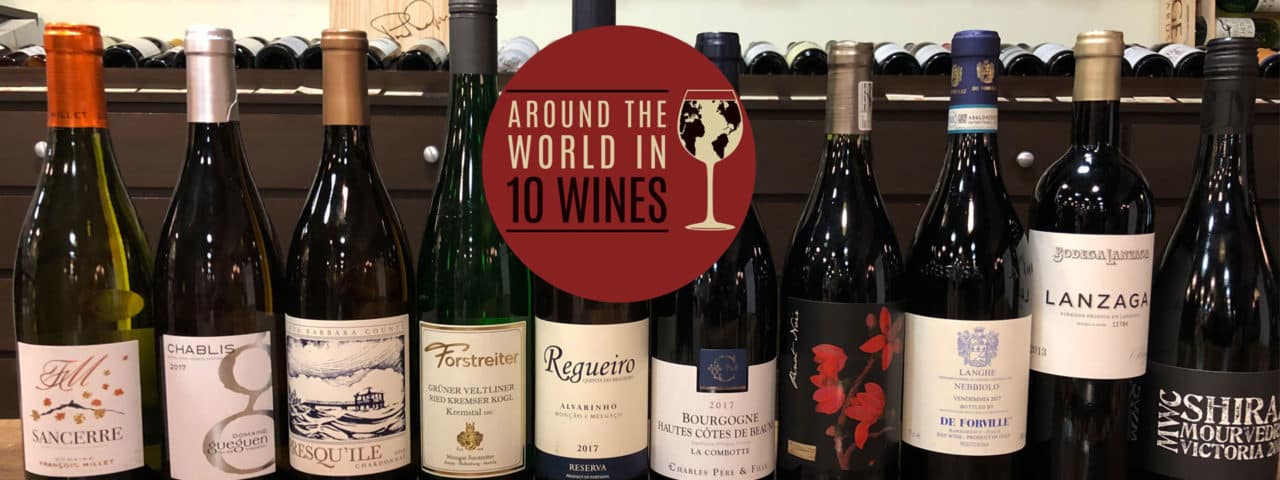
Experience a global tasting in 2 hours with award-winning artisan cheese and charcuterie

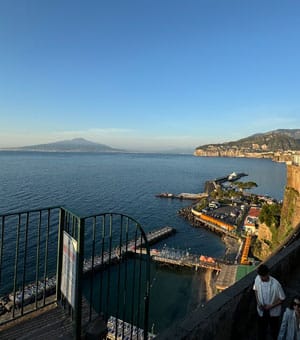



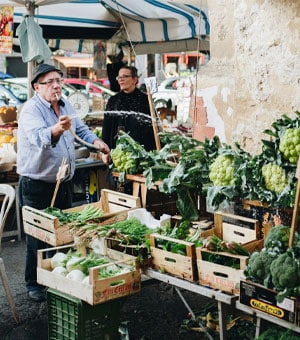

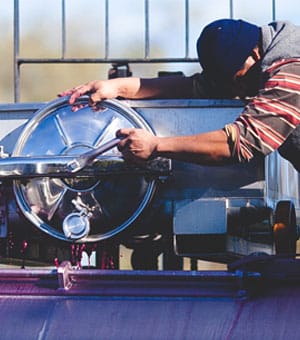

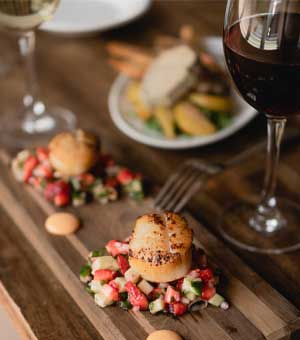
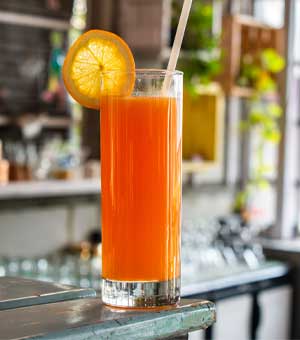

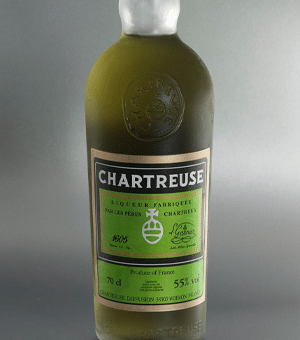
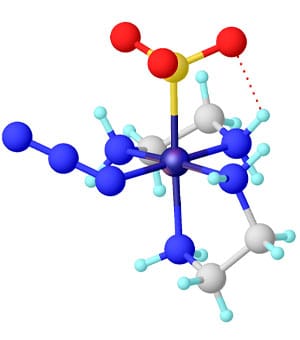

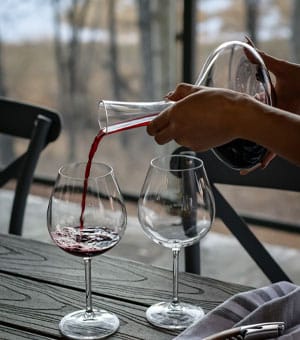
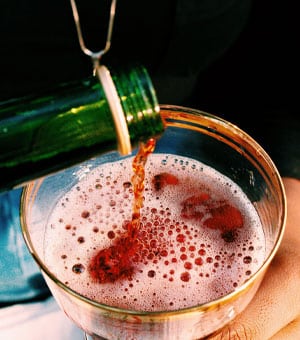
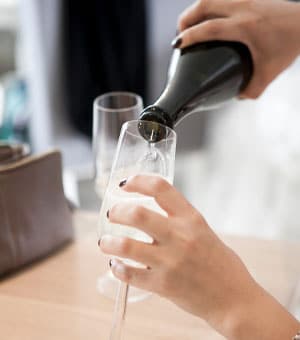
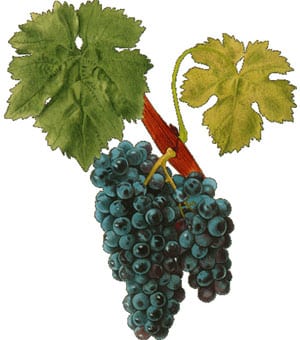


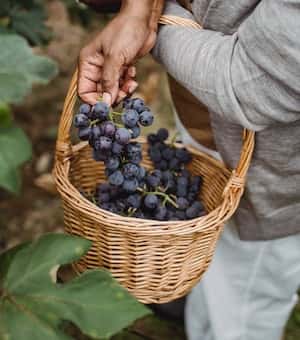
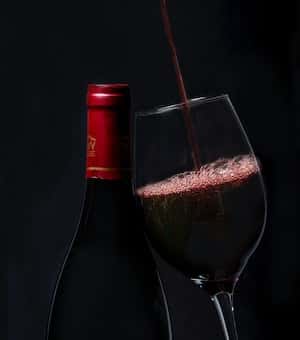

© 2025 Crush Wine Experiences DBA Winship Media. All rights reserved.
| Cookie | Duration | Description |
|---|---|---|
| cookielawinfo-checkbox-analytics | 11 months | This cookie is set by GDPR Cookie Consent plugin. The cookie is used to store the user consent for the cookies in the category "Analytics". |
| cookielawinfo-checkbox-functional | 11 months | The cookie is set by GDPR cookie consent to record the user consent for the cookies in the category "Functional". |
| cookielawinfo-checkbox-necessary | 11 months | This cookie is set by GDPR Cookie Consent plugin. The cookies is used to store the user consent for the cookies in the category "Necessary". |
| cookielawinfo-checkbox-others | 11 months | This cookie is set by GDPR Cookie Consent plugin. The cookie is used to store the user consent for the cookies in the category "Other. |
| cookielawinfo-checkbox-performance | 11 months | This cookie is set by GDPR Cookie Consent plugin. The cookie is used to store the user consent for the cookies in the category "Performance". |
| viewed_cookie_policy | 11 months | The cookie is set by the GDPR Cookie Consent plugin and is used to store whether or not user has consented to the use of cookies. It does not store any personal data. |
